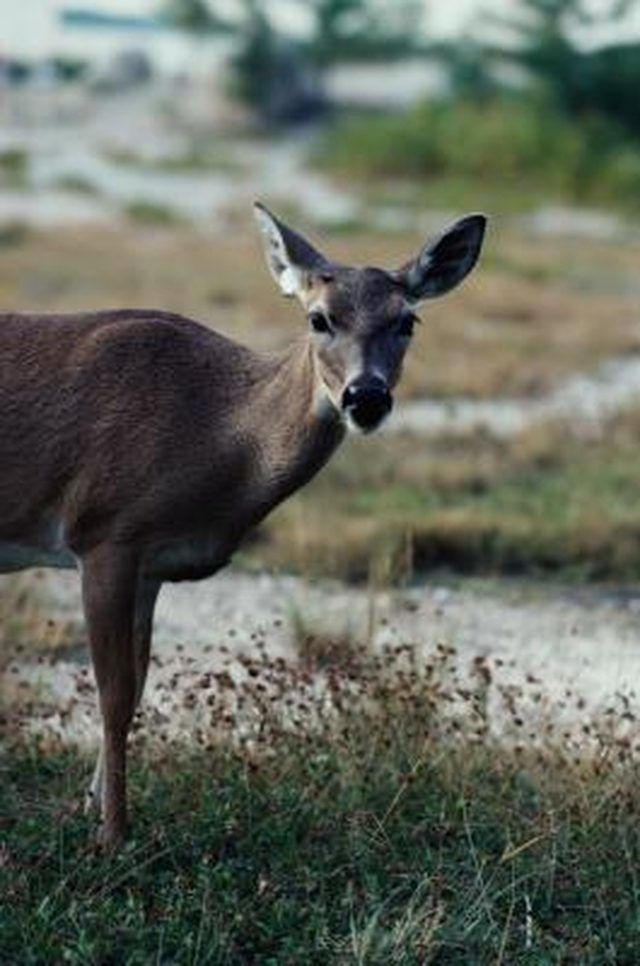Bulbs
Flower Basics
Flower Beds & Specialty Gardens
Flower Garden
Garden Furniture
Garden Gnomes
Garden Seeds
Garden Sheds
Garden Statues
Garden Tools & Supplies
Gardening Basics
Green & Organic
Groundcovers & Vines
Growing Annuals
Growing Basil
Growing Beans
Growing Berries
Growing Blueberries
Growing Cactus
Growing Corn
Growing Cotton
Growing Edibles
Growing Flowers
Growing Garlic
Growing Grapes
Growing Grass
Growing Herbs
Growing Jasmine
Growing Mint
Growing Mushrooms
Orchids
Growing Peanuts
Growing Perennials
Growing Plants
Growing Rosemary
Growing Roses
Growing Strawberries
Growing Sunflowers
Growing Thyme
Growing Tomatoes
Growing Tulips
Growing Vegetables
Herb Basics
Herb Garden
Indoor Growing
Landscaping Basics
Landscaping Patios
Landscaping Plants
Landscaping Shrubs
Landscaping Trees
Landscaping Walks & Pathways
Lawn Basics
Lawn Maintenance
Lawn Mowers
Lawn Ornaments
Lawn Planting
Lawn Tools
Outdoor Growing
Overall Landscape Planning
Pests, Weeds & Problems
Plant Basics
Rock Garden
Rose Garden
Shrubs
Soil
Specialty Gardens
Trees
Vegetable Garden
Yard Maintenance
Deer Resistant Lilac
Deer Resistant Lilac. Lilac shrubs and trees can add color, fragrance and texture to your yard, but they can also repel deer. Though deer tend to dislike lilac varietals in general, a few are especially deer-resistant.

Lilac shrubs and trees can add color, fragrance and texture to your yard, but they can also repel deer. Though deer tend to dislike lilac varietals in general, a few are especially deer-resistant.
Deer-Resistant Varieties
Rutgers University's New Jersey Agricultural Experiment Station classifies the common lilac (Syringa vulgaris) and the Japanese tree lilac (Syringa reticulata) as "seldom severely damaged" by deer, the second-highest deer resistance rating. Persian lilac (Syringa x persica) is only "occasionally damaged" by deer. According to the University of Georgia, deer tend to avoid plants with strong aromas, such as lilacs.
Features
The common lilac, a deciduous shrub, can grow up to 15 feet tall. The common lilac produces fragrant white, pink or purple clusters of blossoms in the spring. A deciduous tree, the Japanese tree lilac can grow up to 30 feet tall and 20 feet wide. Japanese tree lilacs produce fragrant, loose white flowers in mid-summer. Persian lilacs are fast-growing, deciduous shrubs that can reach up to eight feet tall. They produce sweet-smelling, lavender clusters of flowers
Cultivation
Common lilacs prefer sun to partial shade and can thrive in a variety of soil types, including heavy soil. The Japanese tree lilac prefers full sun and can thrive in a variety of soil types, including clay. Persian lilac prefers sun to partial shade and well-drained soil.